Black-capped Chickadee, Poecile atricapilla
Black-capped Chickadee, Poecile atricapilla
If you were to twist my arm and force me to pick one species of bird as a favorite, it would be the black-capped chickadee. Other species may be more colorful, other species may sing sweeter songs, but chickadees are always around to brighten up a walk in the woods with their cheerful calls and playful antics. Back in the days when I used to hunt, flocks of chickadees would often swing past me as I sat under a tree to entertain me as I sat there. I even had a couple of them land on the barrel of my gun as I sat motionless, waiting for a deer to appear.
So, with a little help from Wikipedia ( I copied and pasted some of the basic text to save time, then edited and added to that), here’s a little bit about them.
Its preferred habitat is deciduous woods or mixed (deciduous/coniferous) woods. It is also found in open woods, parks, and suburban areas.
Insects make up a large part of their diet in summer. The birds hop along tree branches searching for food, sometimes hanging upside down or hovering, they may make short flights to catch insects in the air. Seeds and berries become more important in winter, though insect eggs and pupae remain on the menu. Black oil sunflower seeds are readily taken from bird feeders. The birds take a seed in their bill and commonly fly from the feeder to a tree, where they proceed to hammer the seed with their beaks while holding the seed on a branch to open it.
Like many other species in the Paridae family, Black-capped chickadees commonly cache food, mostly seeds but sometimes insects also. Items are stored singly in various sites such as bark, dead leaves, clusters of conifer needles, or knot holes. Memory for the location of caches can last up to 28 days. Within the first 24 hours, the birds can even remember the relative quality of the stored items.
During the winter, chickadees often flock together. Many other species of birds, including titmice, nuthatches, and often woodpeckers, can often be found foraging together in these flocks. Mixed flocks stay together because the chickadees call out whenever they find a good source of food. This calling-out forms cohesion for the group, allowing the other birds to find food more efficiently. When flocking, Black-capped Chickadees soon establish a rigid social hierarchy. In such hierarchies, males usually rank over females, and older birds over juveniles.
Being very social birds, the vocalizations of the Black-capped Chickadee are highly complex. Thirteen distinct types of vocalizations have been classified, many of which are complex and can communicate different types of information. Chickadees’ complex vocalizations are likely an evolutionary adaptation to their habitat: they live and feed in dense vegetation, and even when the flock is close together, individual birds tend to be out of each other’s visual range.
The song of the Black-capped is a simple, clear whistle of two notes, fee bee, identical in rhythm, the first roughly a whole-step above the second. The males sing the song only in relative isolation from other chickadees (including their mates). In late summer, some young birds will sing only a single note. Both sexes sometimes make a faint version of the song, and this appears to be used when feeding young.
However, their most familiar call is the chick-a-dee-dee-dee which gave this bird its name. This simple-sounding call is astonishingly complex. It has been observed to consist of up to four distinct units which can be arranged in different patterns to communicate information about threats from predators and coordination of group movement. Recent study of the call shows that the number of dees indicates the level of threat from nearby predators. In an analysis of over 5,000 alarm calls from chickadees, it was found that alarm calls triggered by small, dangerous raptors had a shorter interval between chick and dee and tended to have extra dees, usually averaging four instead of two. In one case, a warning call about a pygmy owl, a prime threat to chickadees, contained 23 dees.
There are a number of other calls and sounds that these Chickadees make, such as a gargle noise usually used by males to indicate a threat of attacking another male, often when feeding. This call is also used in sexual contexts. This noise is among the most complex of the calls, containing 2 to 9 of 14 distinct notes in one population that was studied.
On cold winter nights, these birds reduce their body temperature by up to 10–12 °C (from their normal temperature of about 42 °C) to conserve energy.
Now then, on to the photos, and I have to warn you, I went a little nuts with them. The reason for so many is that I have caught the chickadees engaging in about all of their normal activities.
Such as, ripping the bark from a branch to find insects under the bark.
Or, scouting for likely places to find food.
What’s this?
I do believe that it’s a spider!
But, I won’t let you see me eat it!
Where to next?
Found another goody!
Hey Mr. Photographer, zoom in and you’ll even be able to see my tongue as I eat this morsel!
That was yummy!
That was so good, that it’s time to tell my buddies what I found.
Did you get that Mr. Photographer?
Get ready, I’m going to jump!
Weeeee!
What do we have here?
Nothing under this branch, I’ll try the top.
You want me to pose for you? Well, I guess I can take a second or two for you to get a few shots, but you’d better be quick about it!
That’s enough, I’ve got places to go!
Hmmm, I wonder what’s in this hollow twig?
More food, lucky me!
I found more food!
Where to next?
Maybe it’s nap time?
Nap over, time to get back to work!
So there you have it, about five minutes in the life of a chickadee. Always on the go, these gregarious and friendly little guys and gals never fail to fascinate me. It’s funny, I got those shots and knew that I had some good ones, but, I didn’t want to get greedy and try for more. I thanked the chickadee featured here for putting up with me, and as I was walking away, it started calling, as if saying “Come on back, I’ll let you take all the photos you want”.
I’m making progress, this is number 24 in my photo life list, only 326 to go! (If you’re paying attention, you’ll have noticed that I skipped one. I have to redo that post, as I identified the bird in some of the photos incorrectly)
That’s it for this one, thanks for stopping by!
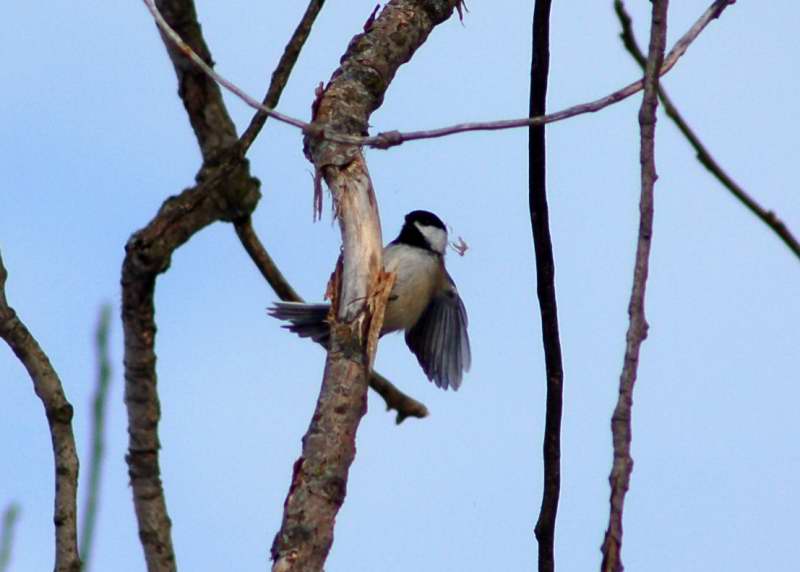

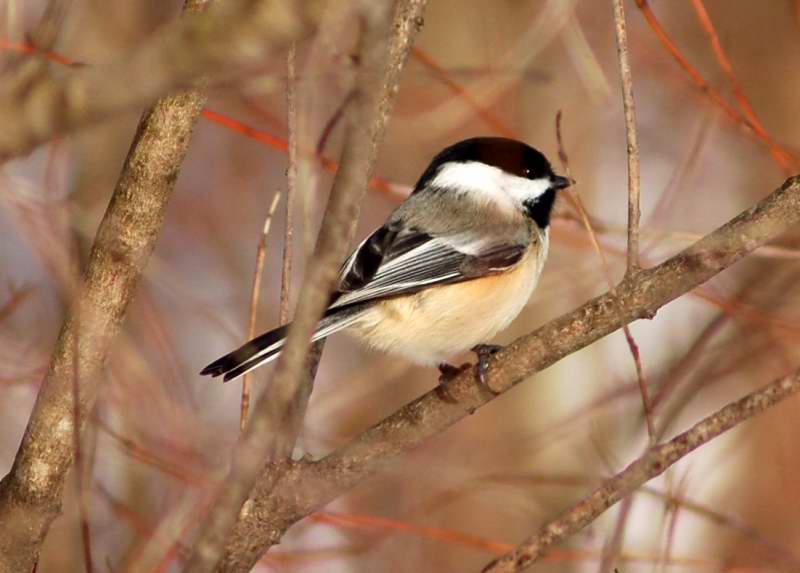
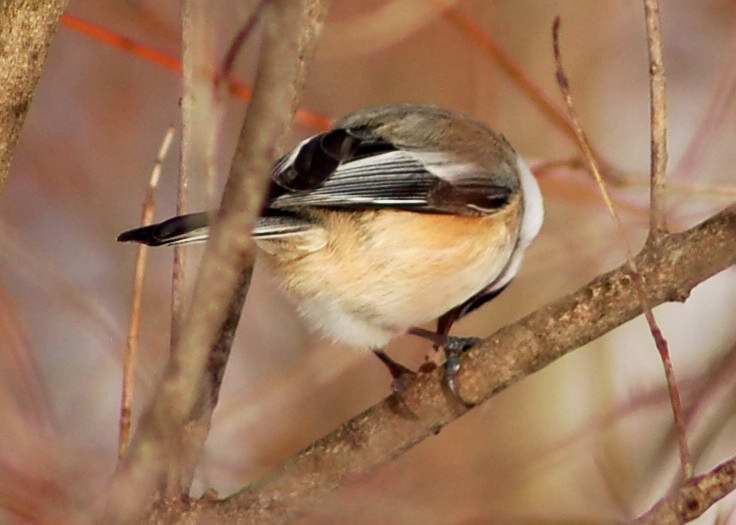
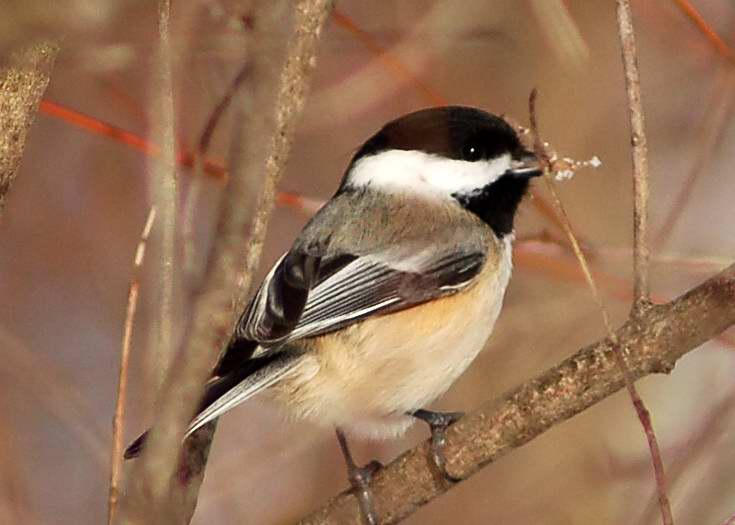
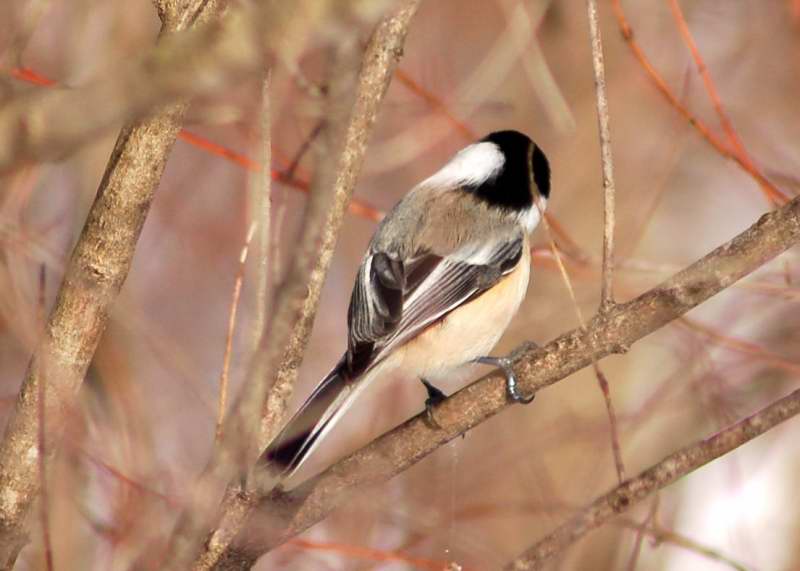
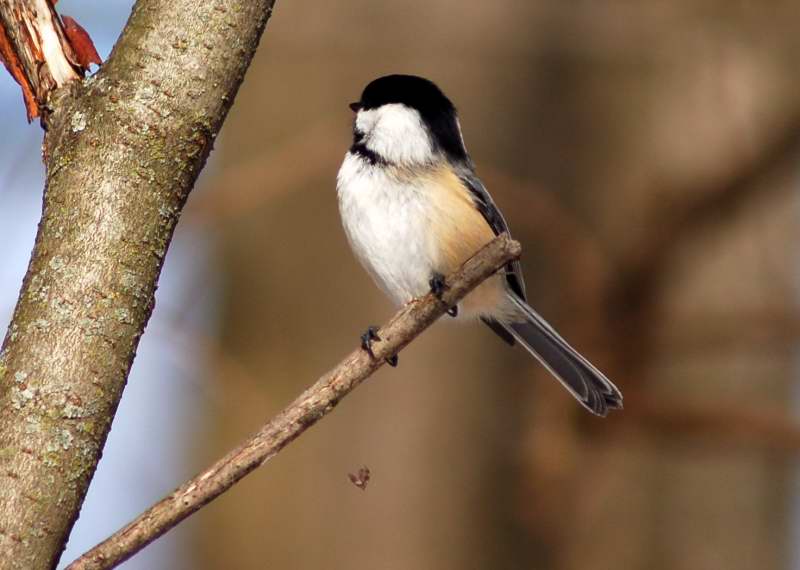
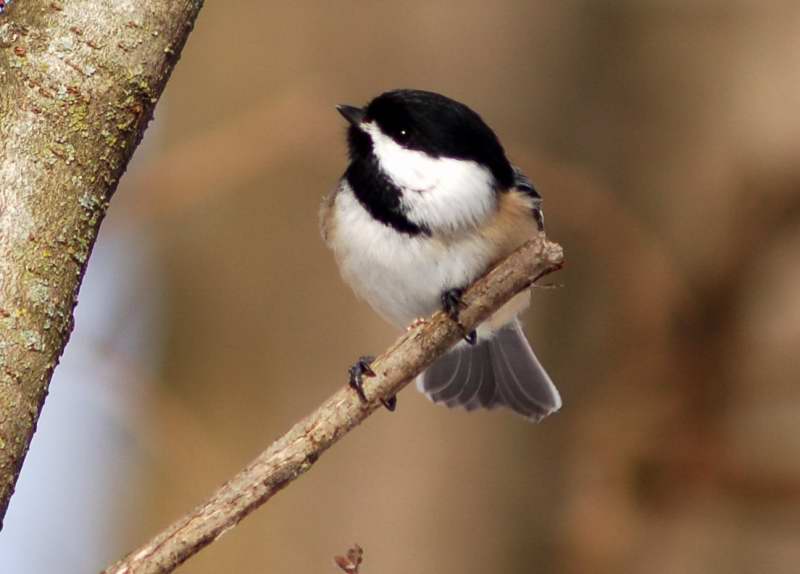
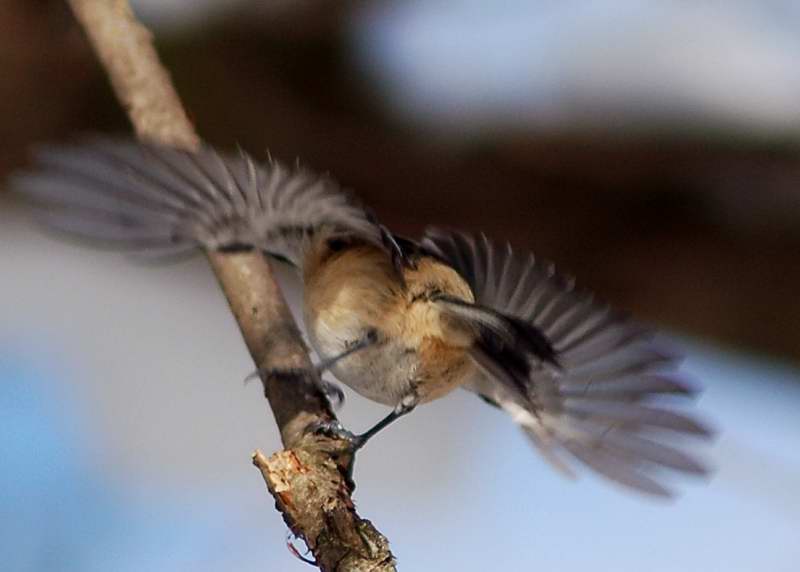
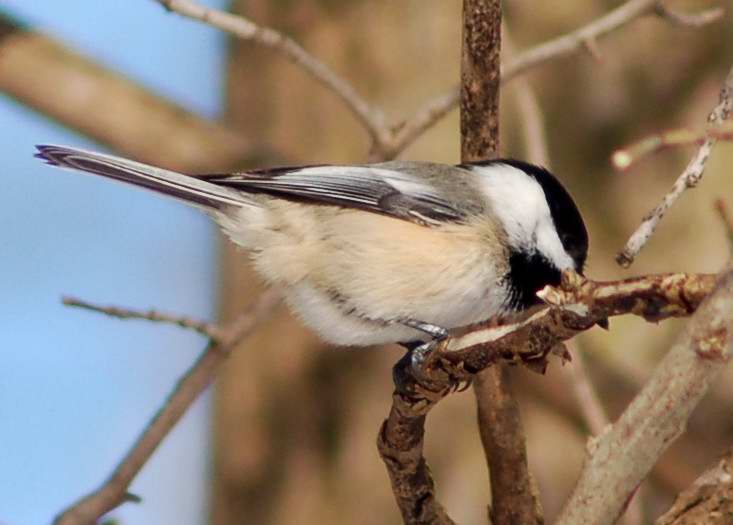
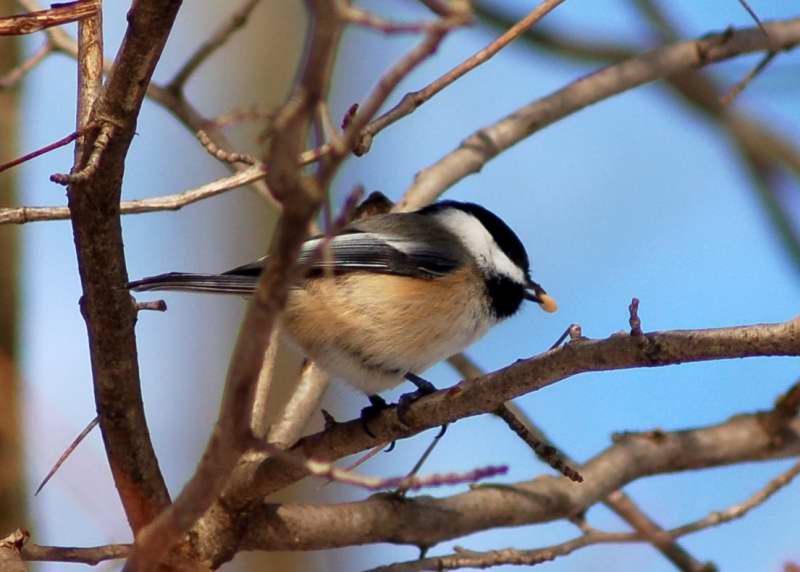
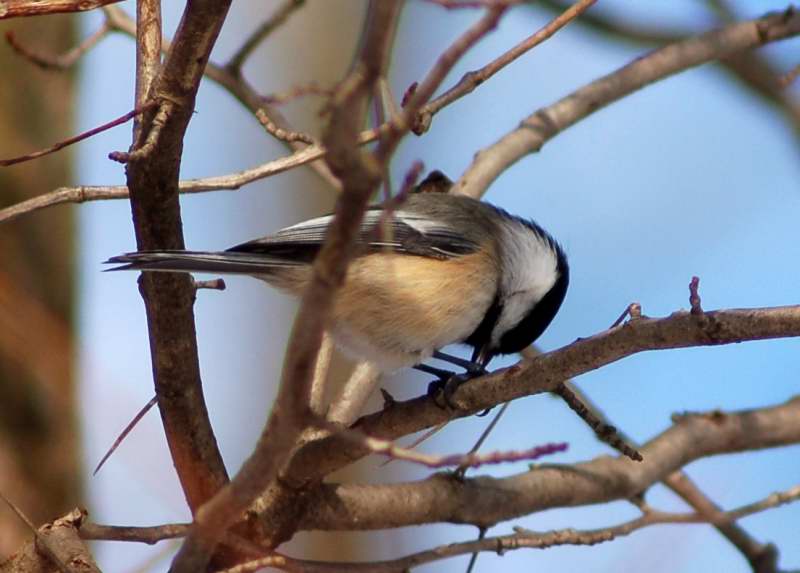
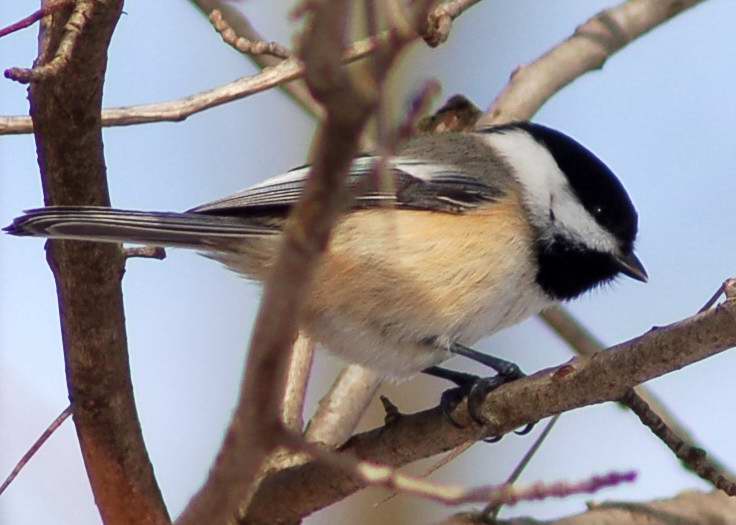
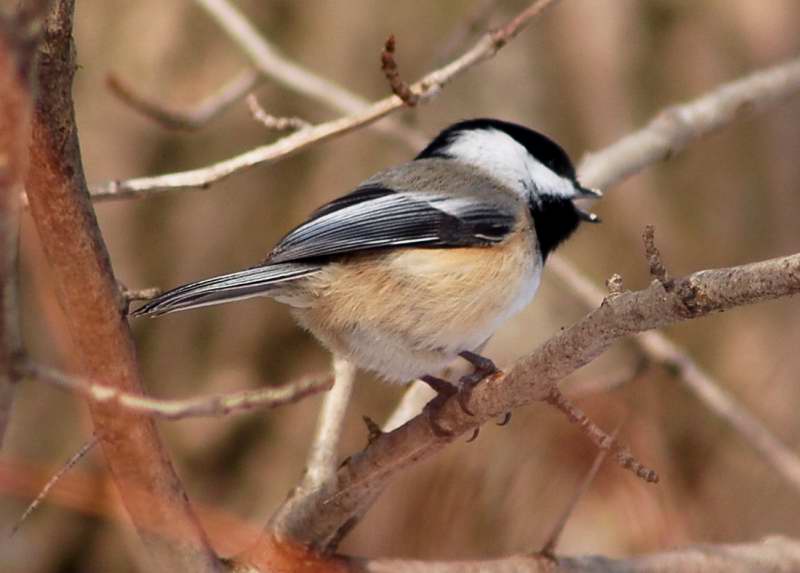
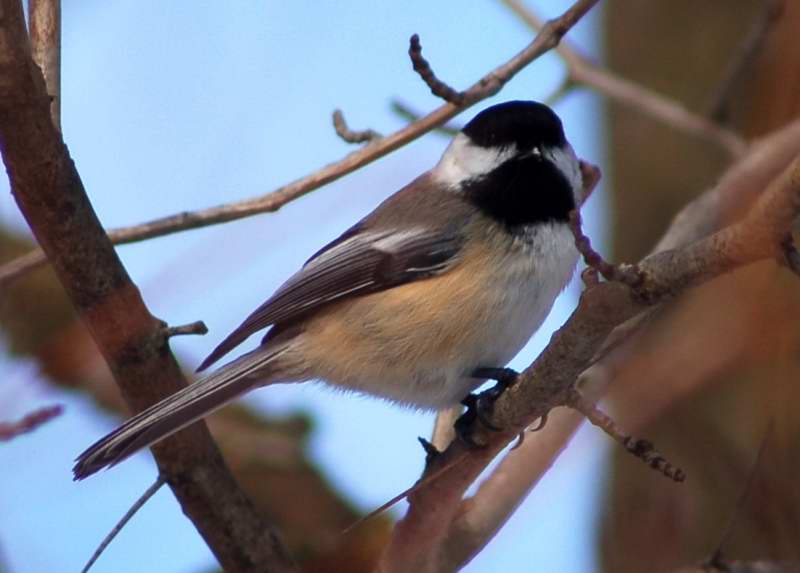
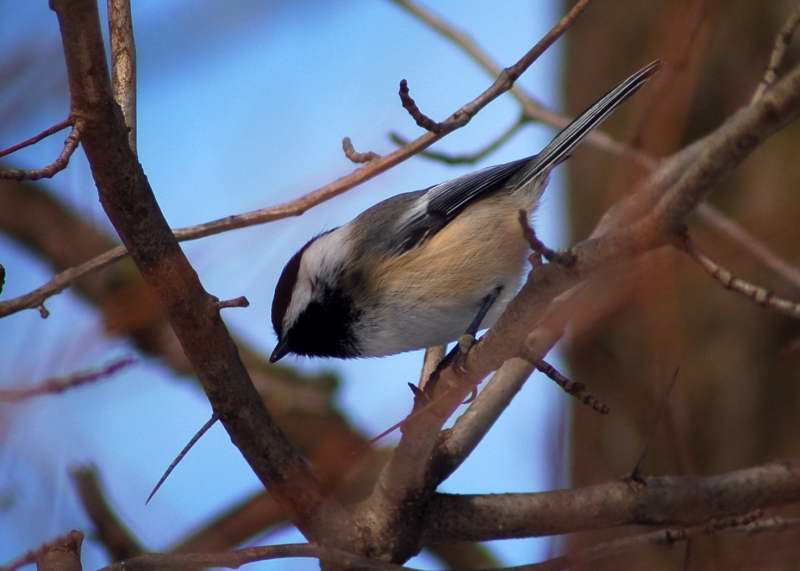
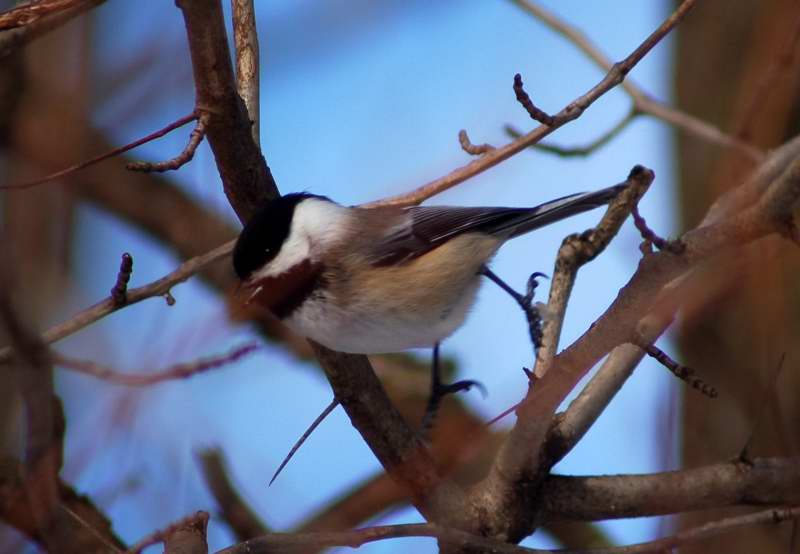
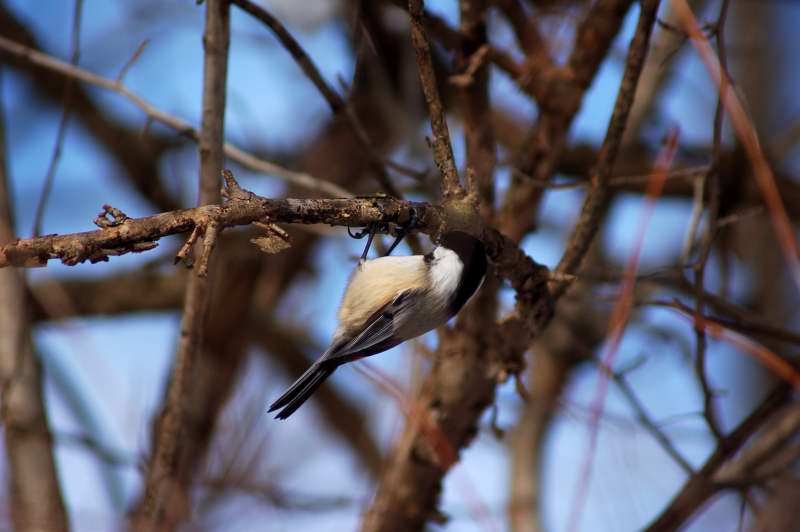
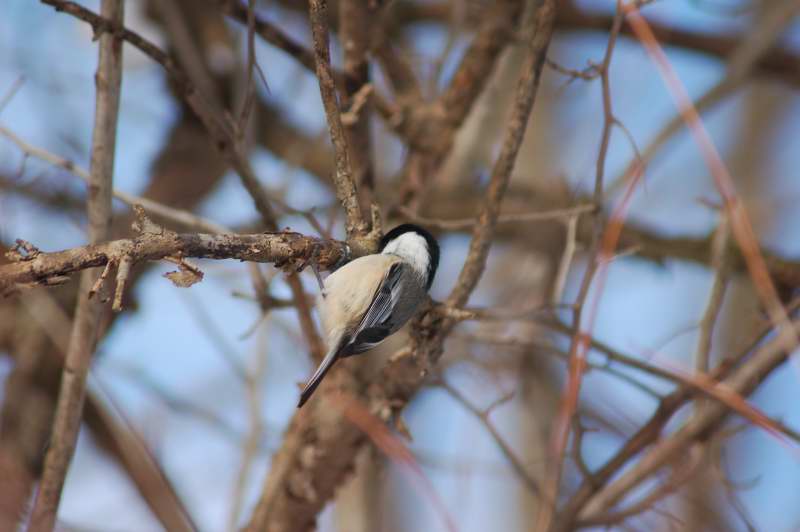
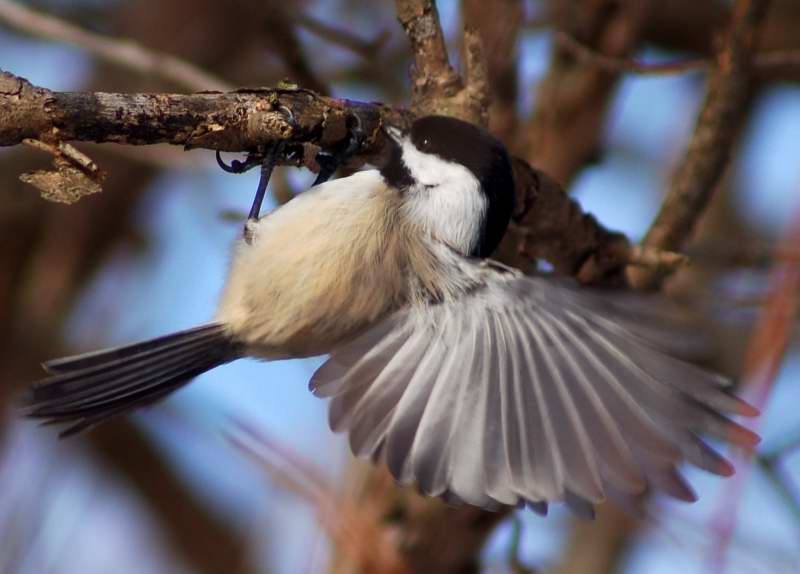
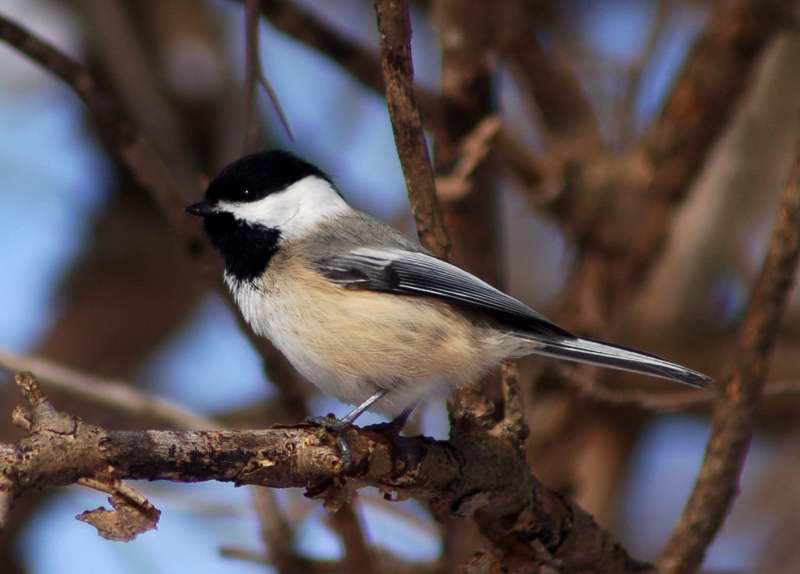
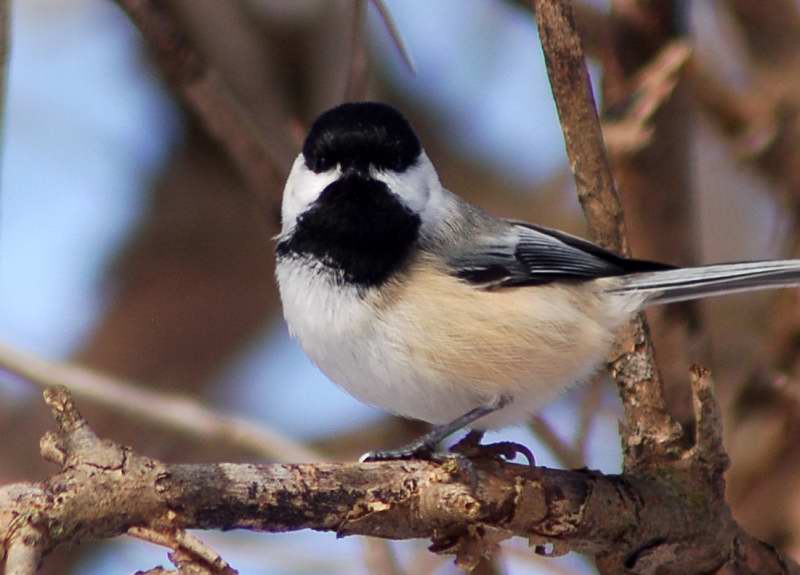
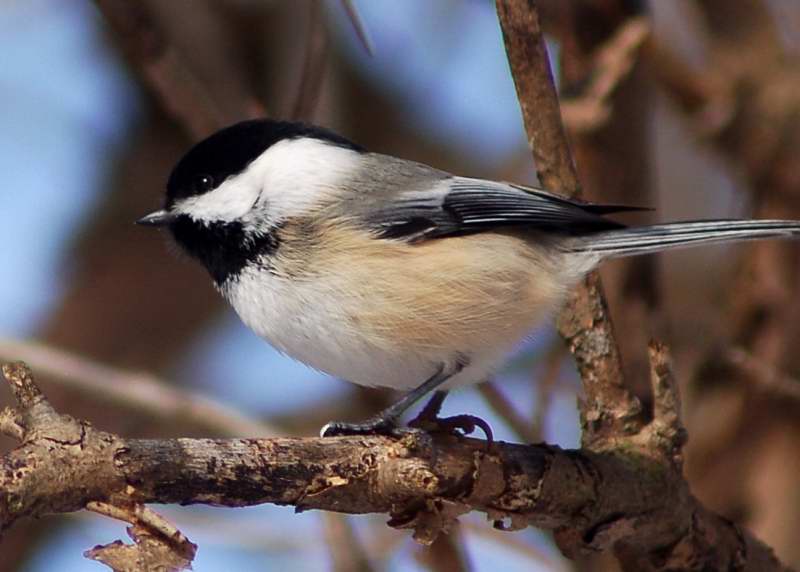
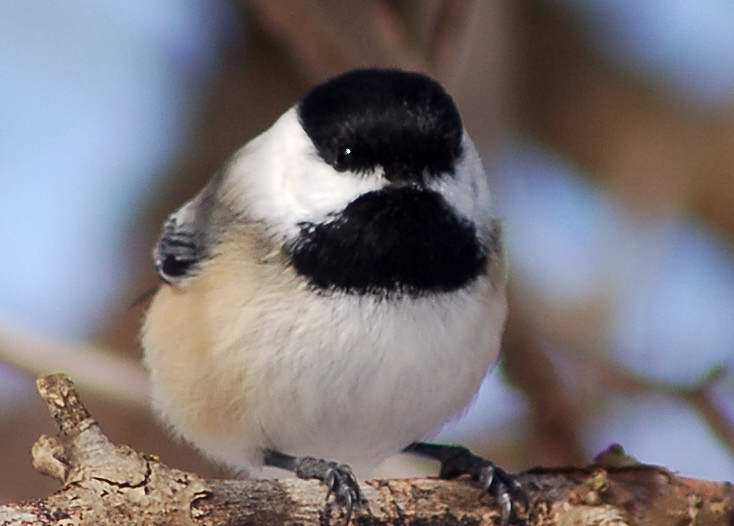
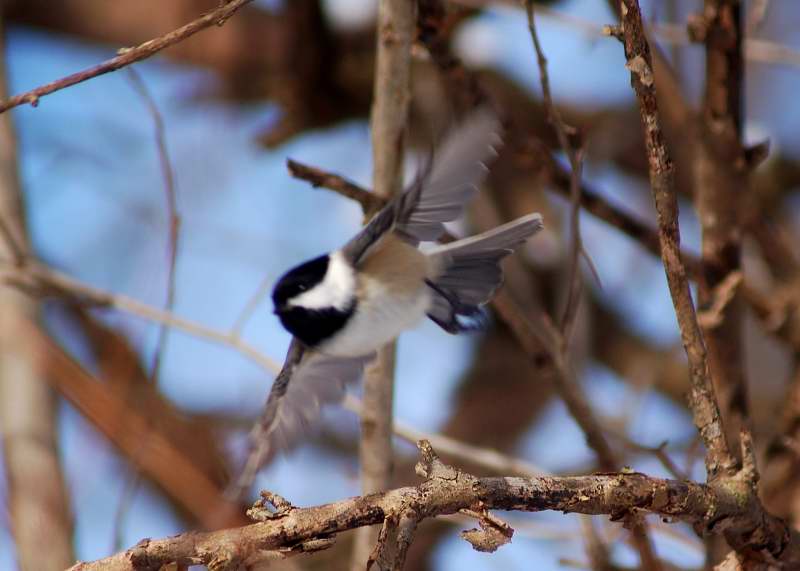
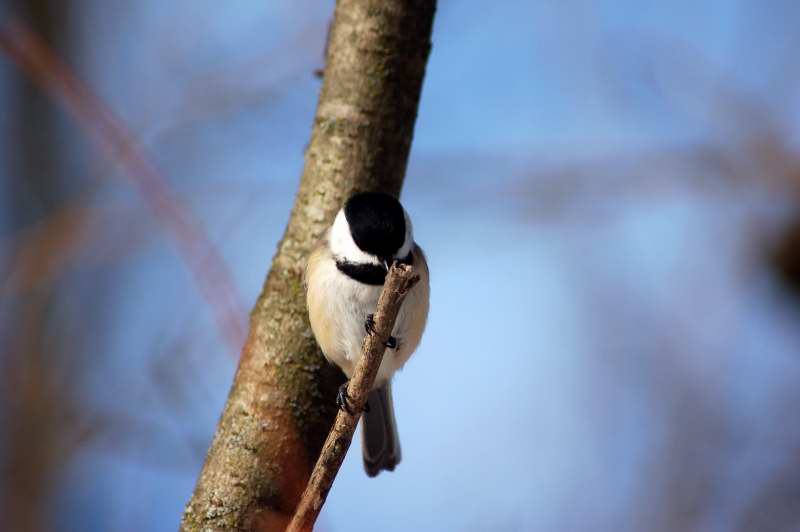
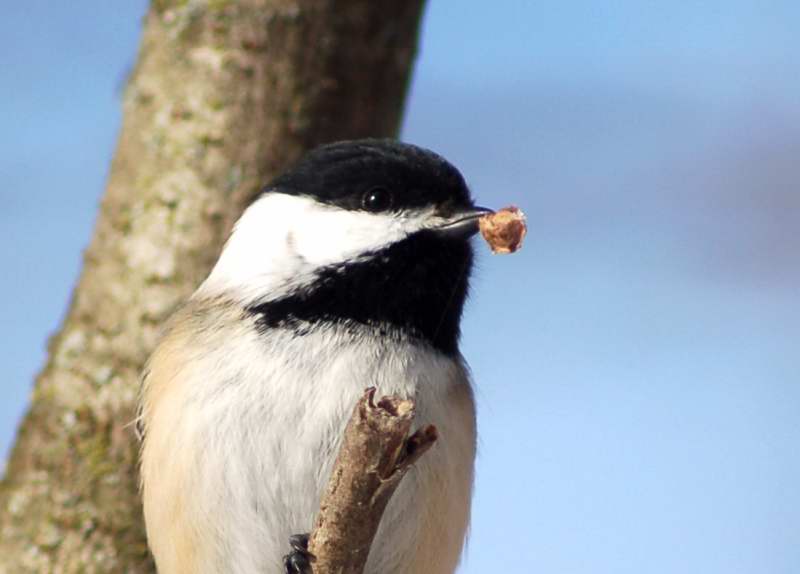
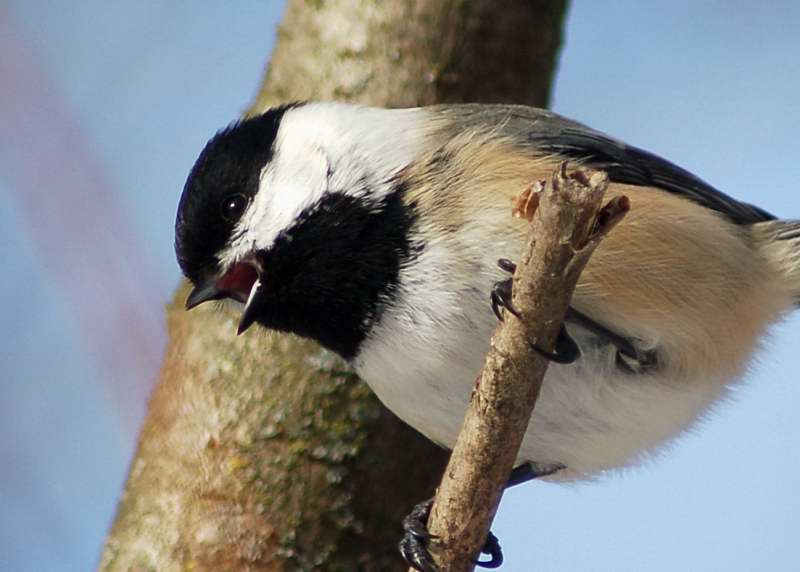
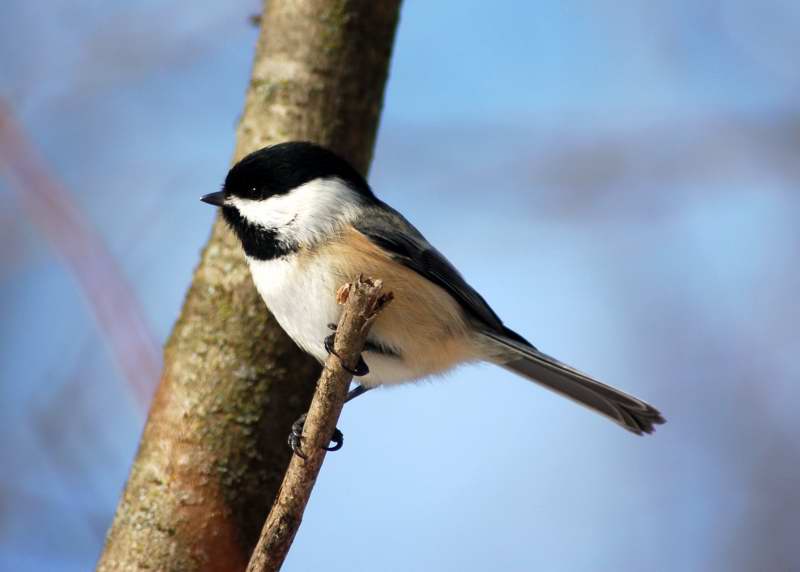
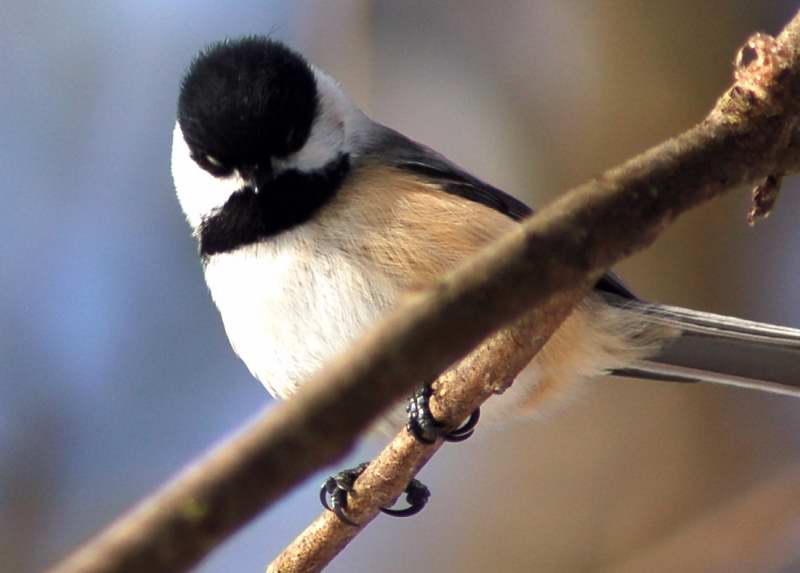
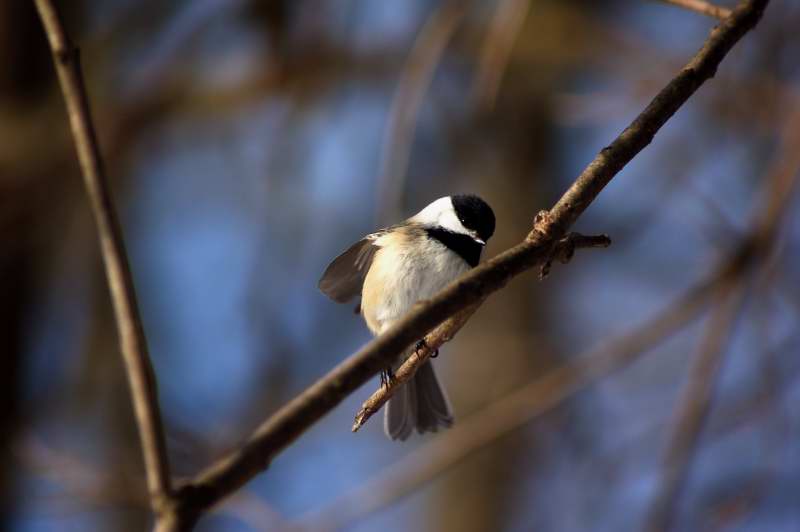
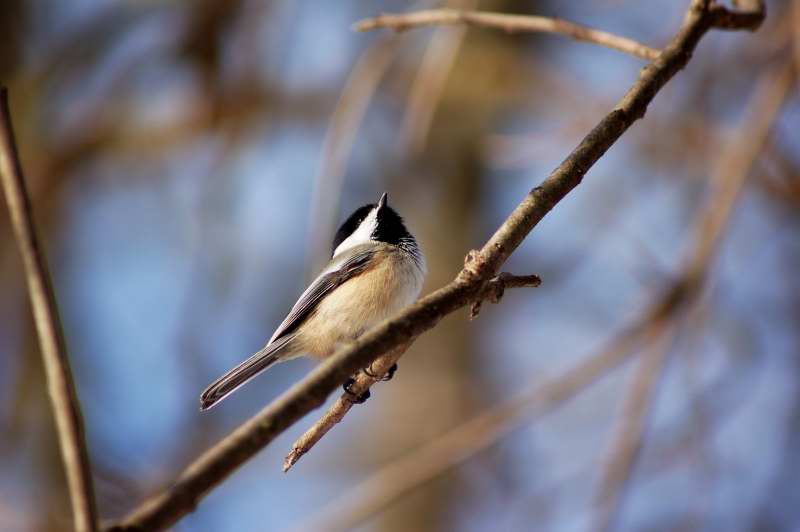
Fantastic shots, Jerry! They are definitely photogenic. 🙂
LikeLike
February 20, 2013 at 9:23 pm
Thanks, they are if you can get them to hold still long enough to get a photo of them!
LikeLike
February 21, 2013 at 2:05 am
Probably my “If I had to pick one” all time favorite, too. You’ve caught them doing all the chickadee things – calling, putting food between their feet, flitting around, peering about. I’ve been able to tame them to take sunflower seeds from my hand several times, so I’m not surprised they perched on your gun barrel. Nice photos!
LikeLike
February 18, 2013 at 3:40 pm
Always one of my favorite birds to watch. You have some great captures here.
LikeLike
February 9, 2013 at 8:43 am
Thanks, it helps when I find one that likes to pose for the camera.
LikeLike
February 9, 2013 at 10:11 am
They are the cutest, perkiest little birds and your pictures are wonderful!
LikeLike
February 9, 2013 at 7:49 am
Thanks, that’s a good word to describe them, perky!
LikeLike
February 9, 2013 at 10:10 am
This is such a great post on the chickadees ! I have such a hard time figuring out if it’s a Carolina or a Black-capped. I really love the picture that shows his wing fanned out. Just lovely!
LikeLike
February 8, 2013 at 7:12 pm
Thank you! Back in my archives, I have a few good photos of them flying, but I’ll get more, so I didn’t look the old ones up.
LikeLike
February 9, 2013 at 1:46 am
They are such friendly birds. They will eat sunflowers seeds from my hand.
LikeLike
February 8, 2013 at 3:44 pm
They don’t have much fear of humans, that’s for sure!
LikeLike
February 9, 2013 at 1:47 am
They are very like our coal tits.
LikeLike
February 8, 2013 at 12:39 pm
I have noticed that.
LikeLike
February 8, 2013 at 1:27 pm
I love the fee bee call of chickadees. It doesn’t seem like spring until I hear it, and I’ve already heard it this year.
LikeLike
February 8, 2013 at 6:20 am
You’re right, it is a sign that spring is coming!
LikeLike
February 8, 2013 at 1:28 pm